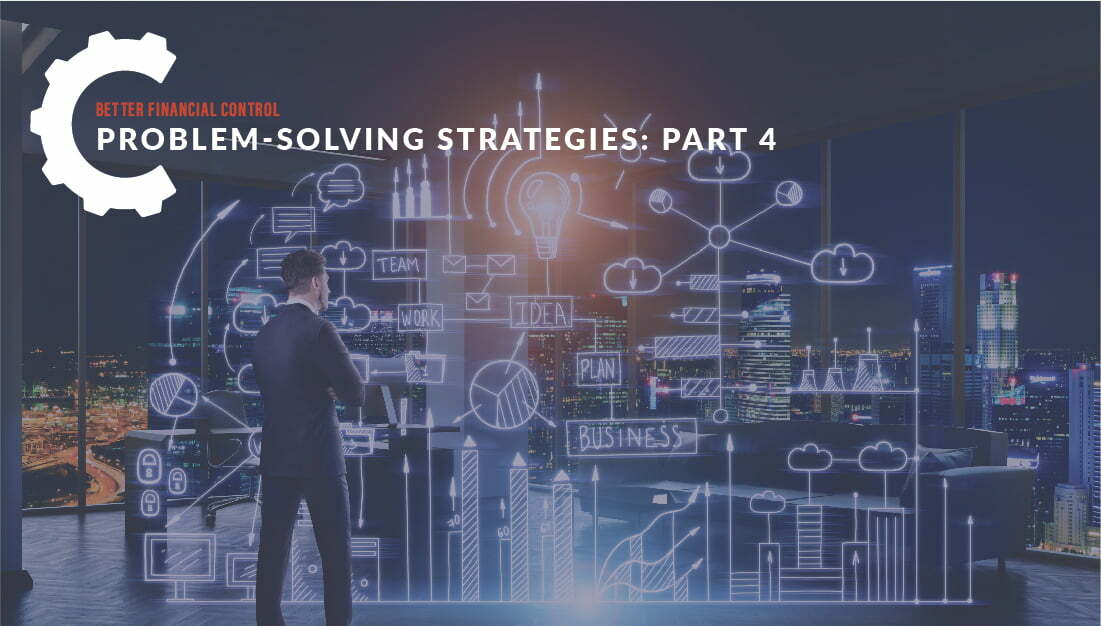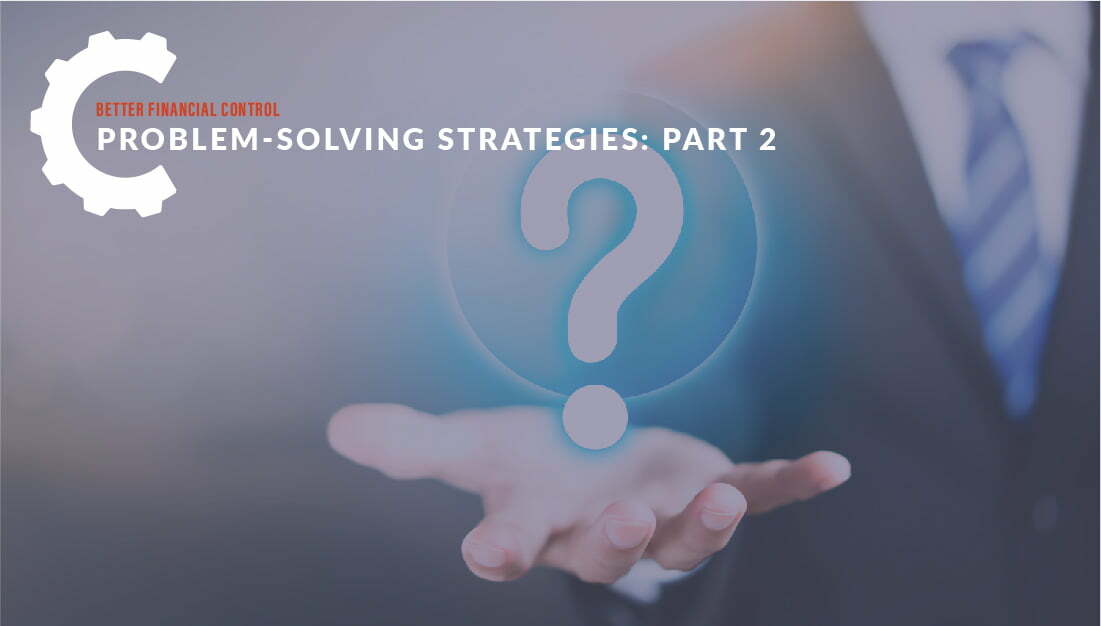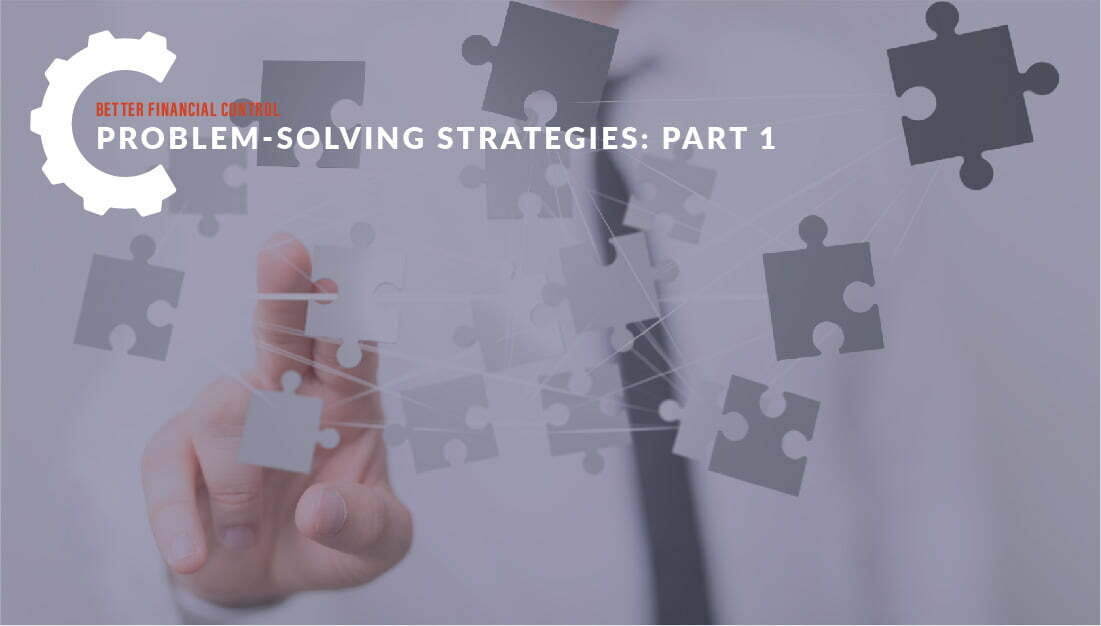Problem solving strategies can often be pre-emptively implemented before the true nature of the problem has been defined. In Part 4 of my problem-solving series, I discuss how uncovering the problem before rushing to the solution can save time and money, and prove far more effective than quickly rushing to the first solution that comes to mind.
Monthly Archives: April 2022
Empathy can sometimes be seen as a spiritual practice, even a sign of weakness, with little place in the realms of business.
However, by adopting an empathetic perspective, we are far better able to navigate difficult conversations, company communication and problem-solving discussions. It is often our fixed perspective that can stand in the way of resolutions, so by bringing some empathy into your process, you can view issues from a greater viewpoint, illuminating the problem as a whole and helping you to understand why some of your team may not be able to agree with your opinion – or vice versa.
Far from a weakness, empathy can be a powerful tool in your management arsenal. Learn more in my latest problem-solving blog for business managers.
Great problem solvers are made, not born. We have found after decades of problem solving with leaders across business and non-profit sectors these leaders tend to have a common mindset and set of strategies; they learn to adopt a particularly open and curious mindset, and adhere to a systematic process for resolving even the most challenging problems. And when conditions of chaos and uncertainty exist, they are at their best.
Five mutually reinforcing problem solving strategies seem to underly their success.
Great problem solvers are made, not born. We have found after decades of problem solving with leaders across business and non-profit sectors these leaders tend to have a common mindset and set of strategies; they learn to adopt a particularly open and curious mindset, and adhere to a systematic process for resolving even the most challenging problems. And when conditions of chaos and uncertainty exist, they are at their best.
Five mutually reinforcing problem solving strategies seem to underly their success.




